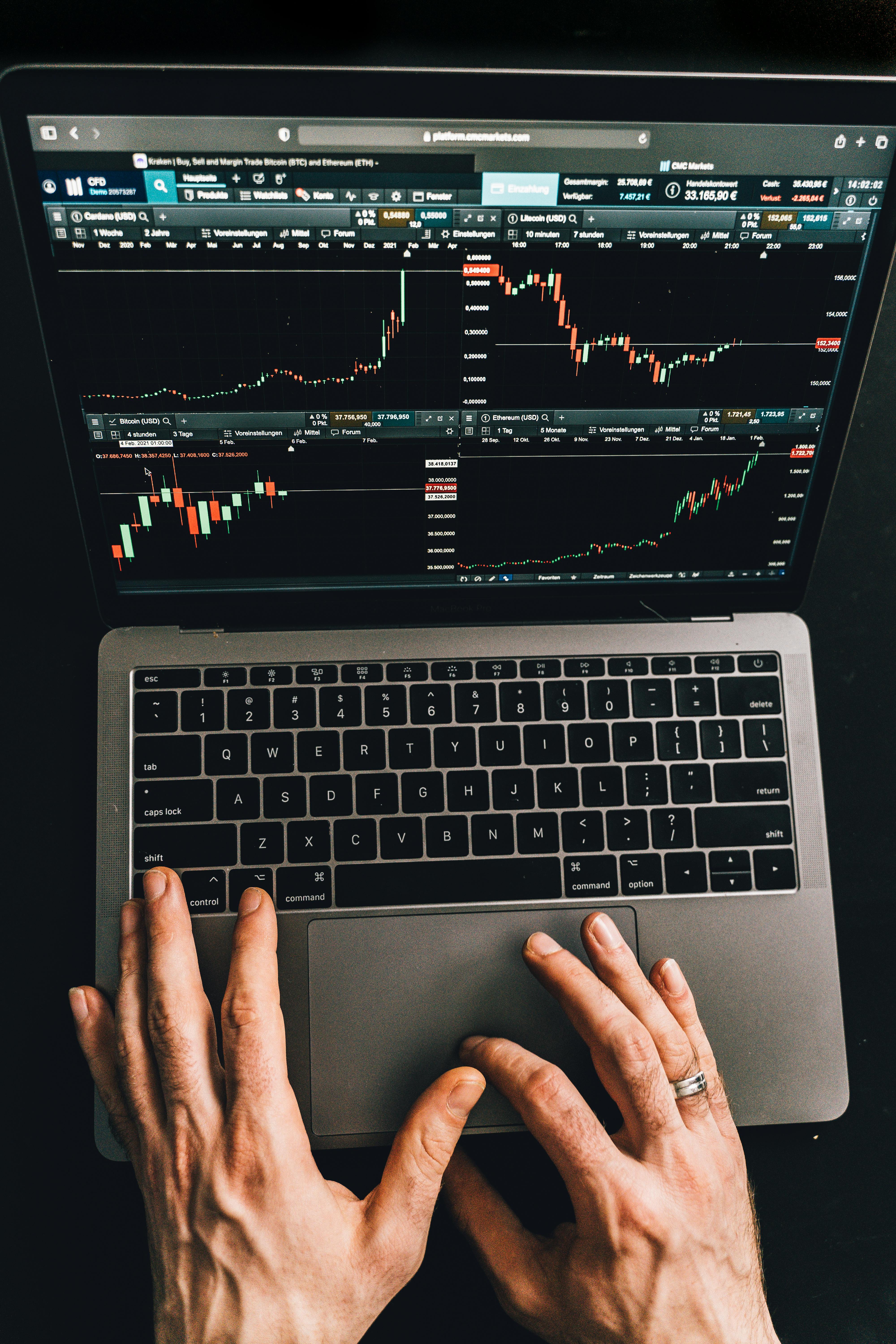"Crypto Trading Bots: Strategies and Performance Analysis Guide"

"Crypto Trading Bots: Strategies and Performance Analysis Guide"
A guide to crypto trading bots: Analyzing strategies and performance
The cryptocurrency market has witnessed a surge in the adoption of automated trading solutions, with trading bots gaining prominence for their ability to analyze vast data sets and execute trades with precision. Cointelegraph has dissected historical bot revenues and token price rollercoasters and backtested strategy returns against the buy-and-hold yardstick to decode what bots shine brightest — and when — so you can pick the perfect bot to match your style and stomach for risk.
Types of Trading Bots
We have examined three types of trading bots: Telegram bots trading on decentralized exchanges (DEX), non-Telegram bots trading on DEXs and on centralized exchanges (CEXs), and the recently evolving AI agent bots. Choosing the right trading bot depends on the user’s goals, risk tolerance and experience.
- Telegram bots are ideal for fast, opportunistic trading like token launches and memecoins.
- AI agent bots, such as ai16z or Virtuals, suit users who want hands-off automation and are comfortable with experimental strategies.
- CEX bots offer the most control and are best for structured strategies like dollar-cost averaging (DCA), grid or signal-based trading.
Bot trading strategies and performance
Trading bots are sophisticated automated systems that use algorithms to analyze cryptocurrency market data and autonomously execute trades on centralized exchanges or decentralized platforms. These bots typically operate continuously, 24 hours a day, seven days a week, requiring minimal human oversight. Their core function involves the analysis of extensive amounts of real-time and historical market data, including price fluctuations, trading volumes and order book information.
Telegram DEX bots
Telegram bots operate via Telegram, leveraging its accessibility and real-time communication to execute trades directly on DEXs. They often focus on speed and sniping new tokens, appealing to users in fast-moving ecosystems like Solana. The recently launched protocols have additional features available in CEX trading bots, such as grid trading, DCA, and limit orders.
By the end of 2023, Solana-based bots like BONKBot and Trojan Bot gained prominence for their speed in trading memecoins on DEXs. The biggest advantage of Telegram bots is their ability to trade on mobile devices without the need for a web browser extension to connect to a wallet, improving usability, trading, monitoring, and integration with social networks.
AI agent bots
AI agent trading bots leverage artificial intelligence and machine learning algorithms to analyze cryptocurrency market data and autonomously execute trades. The Virtuals Protocol and ai16z are some of the well-known AI agent frameworks that are gaining traction in the market.
Virtuals Protocol simplifies the creation and deployment of AI agents on the blockchain. It enables the development of AI agents for trading purposes, with platforms like Aixbt offering insights based on market discussions to inform trading decisions.
DEX/CEX bots
Web-based platforms offering both DEX and CEX trading options cater to users preferring liquidity and reliability of CEXs as well as the decentralized nature of DEXs. These platforms provide a range of strategies such as grid trading, DCA, and signal bots to accommodate different trading styles.
The table below shows the historical performance for the token pairs BTC/USDT, ETH/USDT, and SOL/USDT for the three trading strategies using backtesting data. The performance of each bot varies based on the specific strategy employed and prevailing market conditions during the backtesting periods.
Trading bot performance comparison
Telegram DEX bots like Trojan and Sol Trading Bot dominated in revenue over the past six months, with Trojan earning about $109 million in fees. AI agent bot, AIXBT, showed impressive growth reaching a peak price 4,000x its initial value.
CEX/DEX signals, grid, and DCA bots had varying performances based on market conditions. Signal bots performed similarly to the buy-and-hold strategy during an uptrend market, while grid bots excelled during a downtrend and high volatility environment. DCA bots showed mixed results, outperforming the buy-and-hold strategy for some assets.
Key takeaways
Telegram DEX bots, AI agent bots, and CEX/DEX bots each cater to different trading styles and market conditions. Telegram DEX bots offer ease of use for quick trades, AI agent bots leverage AI for decision-making, and CEX/DEX bots provide web-based platforms with diverse strategies.
Performance of trading bots varies widely, and selecting the right bot depends on individual goals, risk tolerance, and experience. Understanding the strengths and weaknesses of each bot type can help traders make informed decisions when selecting a trading bot for their cryptocurrency trading activities.
Comments
Post a Comment